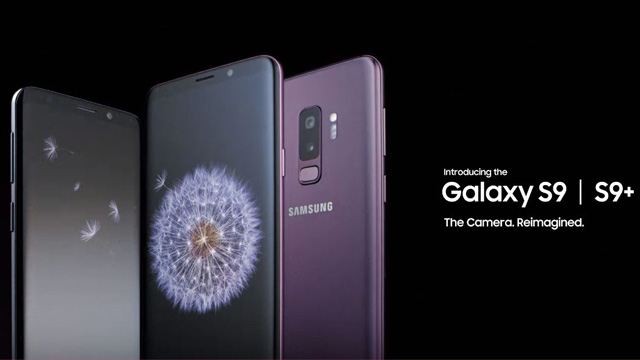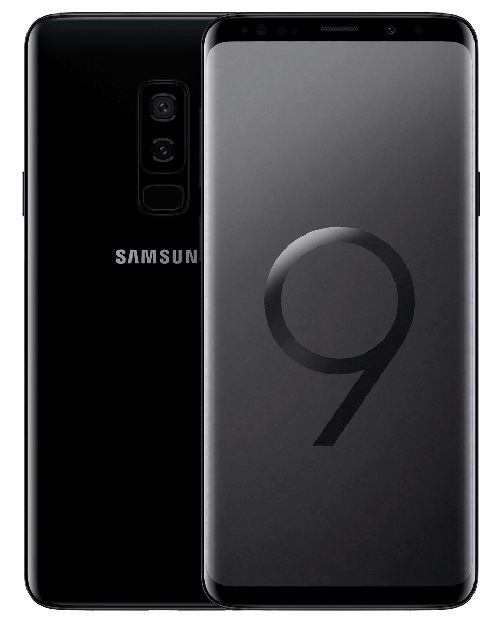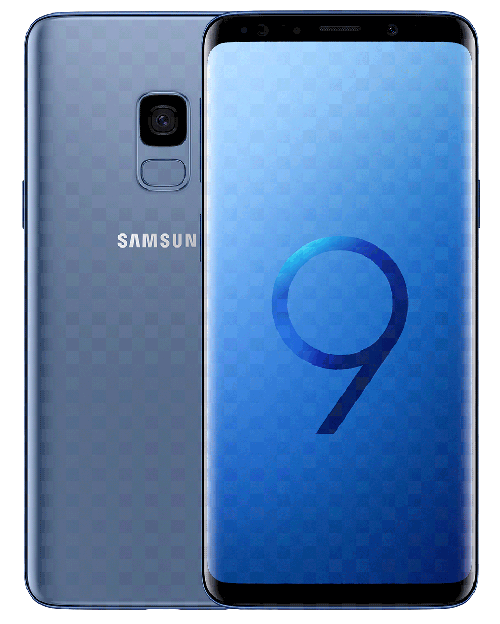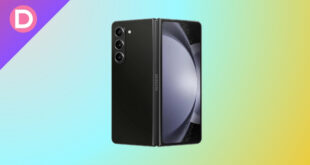After months of teasing, rumors, and leaks, South Korean giant Samsung has finally unveiled its latest flagship smartphones, the Galaxy S9 and the Galaxy S9+, at the MWC 2018 event in Barcelona, Spain. We take a detailed dive into the smartphones on the latest tech they offer and their differences from their predecessor, the Galaxy S8 series.
Coming to the design of the new Galaxy S9 series, they bear a striking resemblance to last year’s Galaxy S8 series. The displays are 5.8 and 6.2 inches (for the S9 and S9+, respectively), with an aluminum strip around the edges and a glass back. The placement of the fingerprint is changed, though. It now sits below the camera module and not on its side.
The similarities don’t end here; the displays are the same “infinity displays” with QuadHD screen resolution. While we are not expecting 7-inch 4K resolution displays, it’s just there that there is nothing new, and we have been seeing this resolution since 2015’s Galaxy S6 and Galaxy S6 Edge.
The two smartphones are now powered by Exynos 9810 Octa/ Qualcomm Snapdragon 845 coupled with 4 GB of RAM for the S9 and 6 GB RAM for the S9+. The devices also retain the same battery, 3,000 mAh for the S9 and 3,500 mAh for the S9+. Both smartphones ship with Android 8.0 Oreo and come with a new pair of stereo speakers at the front and bottom, making it 1.4 times as loud as the S8, tuned by AKG.
It’s not that the Galaxy S9 series has nothing special of its own. The optical department carries the critical differences between the two series. The S9 carries a 12 MP rear camera, while the S9 carries a dual camera setup of the same 12 MP sensor. The technology has been developed from the ground up and allows a mechanical aperture, the first of its kind on smartphones. It means you can see the camera opening and closing, much like DSLR cameras. The lens can go wide as f/1.5 — an ultra-wide aperture, a convenient feature in low light situations. The cameras automatically adjust the aperture, but there is a Pro mode that lets you get your hands dirty. Samsung went in a completely different direction to improve cameras and didn’t go for auto-focus technologies, dual pixels, and lenses for better picture quality.
The front camera for the Galaxy S9 series is being borrowed from the Galaxy S8 series, the same 8 MP camera with f/1.7 aperture. However, a new addition to AR (augmented reality) emoji works the same way as Apple’s Animoji. The camera tracks your face in real-time and applies the effects, which you can use to shoot video or make GIFs. The camera can also now shoot 960fps slow-motion videos, which is impressive.
The device also carries new Bixby features, – specifically in the augmented-reality Vision section. Three more modes are being added – Live Translate, Makeup, and Food. The previously available shopping and landmark-recognition features are now categorized as modes. Live Translate uses Google Translate service and translates languages in real time. Another addition is the new Makeup feature, which lets you apply digital makeup in real-time and buy products from the app. But it’s still lacking color and pattern options. The food mode estimates the number of calories in the food you point to with the camera. As we posted, the Intelligent Scan feature lets you unlock with facial recognition if the Iris scanner fails in dim light.
To summarize, the new Galaxy S9 series is more like an upgrade to the Galaxy S8 series and not a series of its own. It’s best comparable to the “S” versions of the iPhone smartphones that are launched later. Galaxy S8 users are advised to upgrade only to the new camera. Otherwise, other features like the Bixby will eventually be available with an update. It’s best to wait for the Galaxy S9 Note, which will launch this year’s end.
The company didn’t give any final word on the price, but there may be a considerable gap between the two smartphones, unlike the S8 series, which was almost similar with minor differences. Also, variants with 64/128/256 GB internal memory are expected to be available. As for its availability, customers can pre-order it this Friday (March 2), but it will go on sale officially on March 16.





